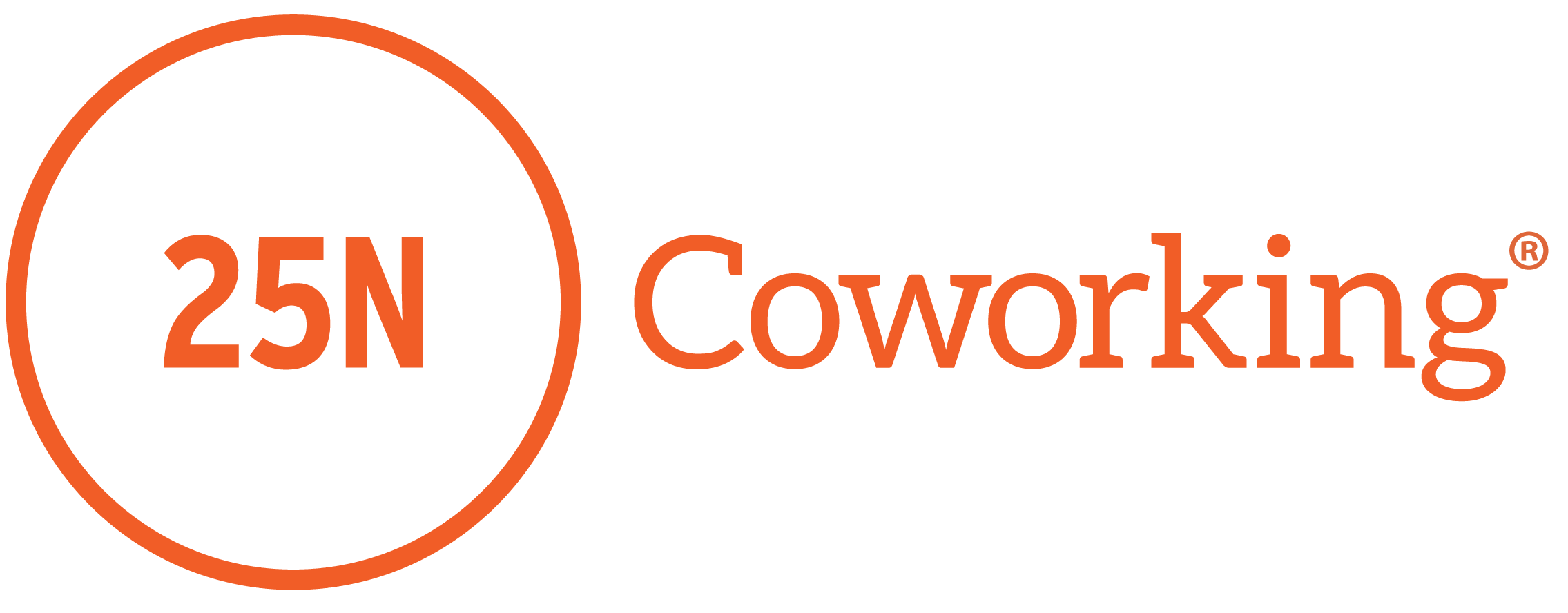Key Hybrid Work Best Practices for Fostering Employee Well-being and Mental Health
In today’s work landscape, hybrid work models have become essential for companies looking to offer flexibility and retain talent. However, with this flexibility comes the challenge of supporting employee well-being and mental health in both in-person and remote settings. For businesses and employees alike, maintaining a balance between productivity and personal well-being is vital to ensuring a sustainable, positive work experience.
Below, we share key best practices for fostering well-being and mental health in a hybrid work environment. Whether you're a manager or an employee, these insights can help you create a work structure that prioritizes mental health while driving success.
1. Emphasize a Structured, Flexible Schedule
Hybrid work is all about finding a balance, and that includes balancing time in the office and time working remotely. To foster mental health, organizations should promote structured flexibility. This means allowing employees the freedom to choose their hours and days in the office while maintaining regular check-ins and meeting schedules to keep everyone on the same page.
Tip for Managers: Set clear expectations around office and remote days, but give employees control over their individual schedules. Encourage team members to block off time for focused work, family commitments, or mental breaks, fostering a sense of autonomy.
Tip for Employees: Identify your most productive hours and communicate them with your team. Use this time to tackle challenging tasks and leverage the flexibility of hybrid work to recharge when you need it most.
2. Encourage Social Connection in Both In-Office and Remote Settings
Social interactions are essential for mental well-being, yet hybrid work can sometimes limit spontaneous social connections. To combat isolation, make an intentional effort to foster community among your team.
Tip for Managers: Create regular touchpoints, such as virtual coffee chats, team lunches, or end-of-week check-ins, to keep employees connected, even when they’re remote. In-office days can also be used for collaborative projects and team-building events that bring people together.
Tip for Employees: Proactively engage with colleagues, whether through instant messaging or by scheduling short video calls. Small acts like checking in with team members or sharing ideas can help create a sense of camaraderie, even when working remotely.
3. Prioritize Mental Health Resources and Open Communication
In a hybrid model, it’s easy to overlook the mental health of employees who are not physically present. Managers should work to ensure that mental health remains a priority by openly communicating about available resources and offering regular support.
Tip for Managers: Provide access to mental health resources, such as counseling services, wellness programs, or mindfulness apps. Normalize discussions about mental health by addressing it in team meetings and one-on-ones, creating a safe space for employees to express their needs.
Tip for Employees: Take advantage of available resources and communicate openly with your manager if you're experiencing stress or burnout. Remember that prioritizing mental health is key to long-term productivity and job satisfaction.
4. Design a Comfortable, Ergonomic Workspace
Hybrid work often involves a combination of at-home and in-office setups, and both should support physical and mental well-being. Encourage employees to create spaces that promote comfort, focus, and relaxation.
Tip for Managers: Provide guidance or resources for setting up an ergonomic workspace, such as recommendations for desk chairs, monitors, or laptop stands. Consider offering stipends for supplies that help employees create comfortable work environments.
Tip for Employees: Invest time in setting up a dedicated workspace. Personalize it to create a comfortable and motivating environment, which can help distinguish “work time” from “break time” and increase focus during work hours.
5. Promote Work-Life Balance and Boundaries
Hybrid work can blur the lines between work and personal life, leading to longer hours and potential burnout. Fostering a culture that respects boundaries is essential for well-being.
Tip for Managers: Model a healthy work-life balance by avoiding emails or messages outside of working hours. Encourage employees to set boundaries and respect them to ensure that everyone has time to recharge.
Tip for Employees: Be mindful of boundaries by designating “work” hours and “personal” hours. Communicate these to your team, and try to avoid engaging in work outside of your designated hours, especially if it disrupts time with family or relaxation.
6. Facilitate Mental Health Days and Paid Time Off
Creating an environment where employees feel comfortable taking time off is vital for mental health. Time off should be actively encouraged, especially in a hybrid model where burnout can go unnoticed.
Tip for Managers: Reinforce that mental health days and paid time off are a normal part of the work culture. Encourage employees to take time off when needed, and plan workloads accordingly to prevent guilt or overwork when team members are out.
Tip for Employees: Take full advantage of your PTO to recharge and reset. Don't wait until you're burned out—use time off periodically to rest and engage in activities that bring you joy and relaxation.
Prioritizing Well-being in Hybrid Work
Hybrid work is here to stay, and by focusing on these best practices, companies can create a work environment that values flexibility, connection, and mental health. At 25N Coworking, we understand that balancing remote work with in-office collaboration is essential to thriving in today’s work landscape. Our coworking spaces are designed to offer the best of both worlds—a professional environment for focused work and a vibrant community for connection.
If you’re looking to make hybrid work a more balanced, fulfilling experience, consider 25N Coworking. Our spaces are tailored to meet the needs of modern professionals, with a focus on fostering productivity, well-being, and community. Contact us today to learn how our workspace solutions can support your hybrid work journey.

